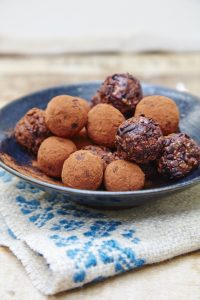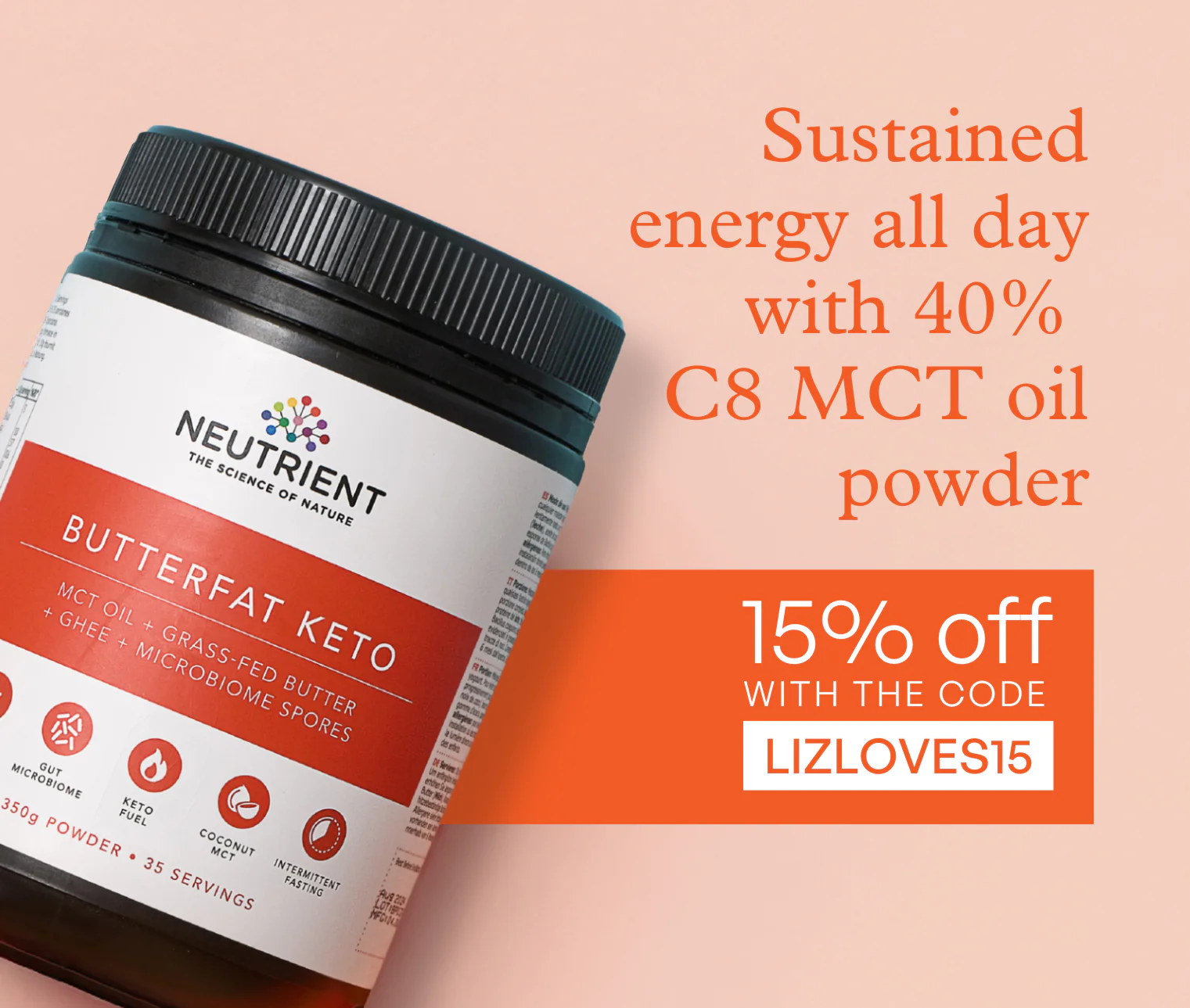Healthy Ingredients
Do you know your cocoa from your cacao?
Do you know the difference between cocoa and cacao? There is far more to the humble cocoa bean than many of us realise, particularly in terms of its health benefits, so read on to find everything you need to get you thinking outside the (chocolate) box.
 Cocoa butter
Cocoa butter
With a wonderful chocolate fragrance and taste, this edible vegetable fat is the by-product of cold-pressing cocoa beans in the raw cacao process (see below). Cocoa butter is not only used for making white chocolate, but also has moisturising properties when used in a skin cream.
It is best eaten in moderation as it contains high amounts of saturated fats, but is a way to get rich, chocolatey undertones in recipes and can be melted with olive oil and used in place of butter in cakes.
Carob
Although often used as an alternative to chocolate, carob is, in fact, a completely different species. It comes from the pea family and is known colloquially as the ‘locust bean’. It is the poser of this bean that is used as a substitute to cocoa powder, despite having only colour in common. Carob contains no caffeine or theobromine, but can be used instead of cocoa powder in any recipe.
Cacao nibs
These are cocoa beans that have been peeled and then left to ferment and dry before being roasted and crushed. Cacao nibs contain the joy-enhancing chemical anandamide, as well as being a rich source of magnesium, sulphur and antioxidants. They work with both sweet and savoury foods: we love cacao nib-covered chocolate truffles but also sprinkle them over salads to add a satisfying crunch.
 Raw cacao
Raw cacao
Cacao is produced from cold-pressing cocoa beans, by which process the enzymes from the bean are kept but the fat (cocoa butter) is removed. Cacao is a good source of the antioxidant resveratrol, as well as containing both magnesium and zinc.
Raw cacao powder is a delicious bitter alternative to regular cocoa powder and is especially good in truffles and smoothies. These nutty raw chocolate and date truffles are made with both cacao powder and cacao nibs for an antioxidant kick.
Cacao pods
Theobroma cacao, which literally translates as ‘food of the gods’, produces cacao pods that grow directly out of its trunk, and is a strange sight indeed. Similar in height to an apple tree, a cacao tree produces – on average – between 30 and 40 pods per year, equating to only a pound of cocoa.
Cocoa powder
Cocoa powder is raw cacao that has been roasted at a high temperature, therefore reducing the enzyme content. There are fewer antioxidants in cocoa powder than in cacao, but it is more widely used in baking and, of course, the ultimate comforter – hot chocolate!







